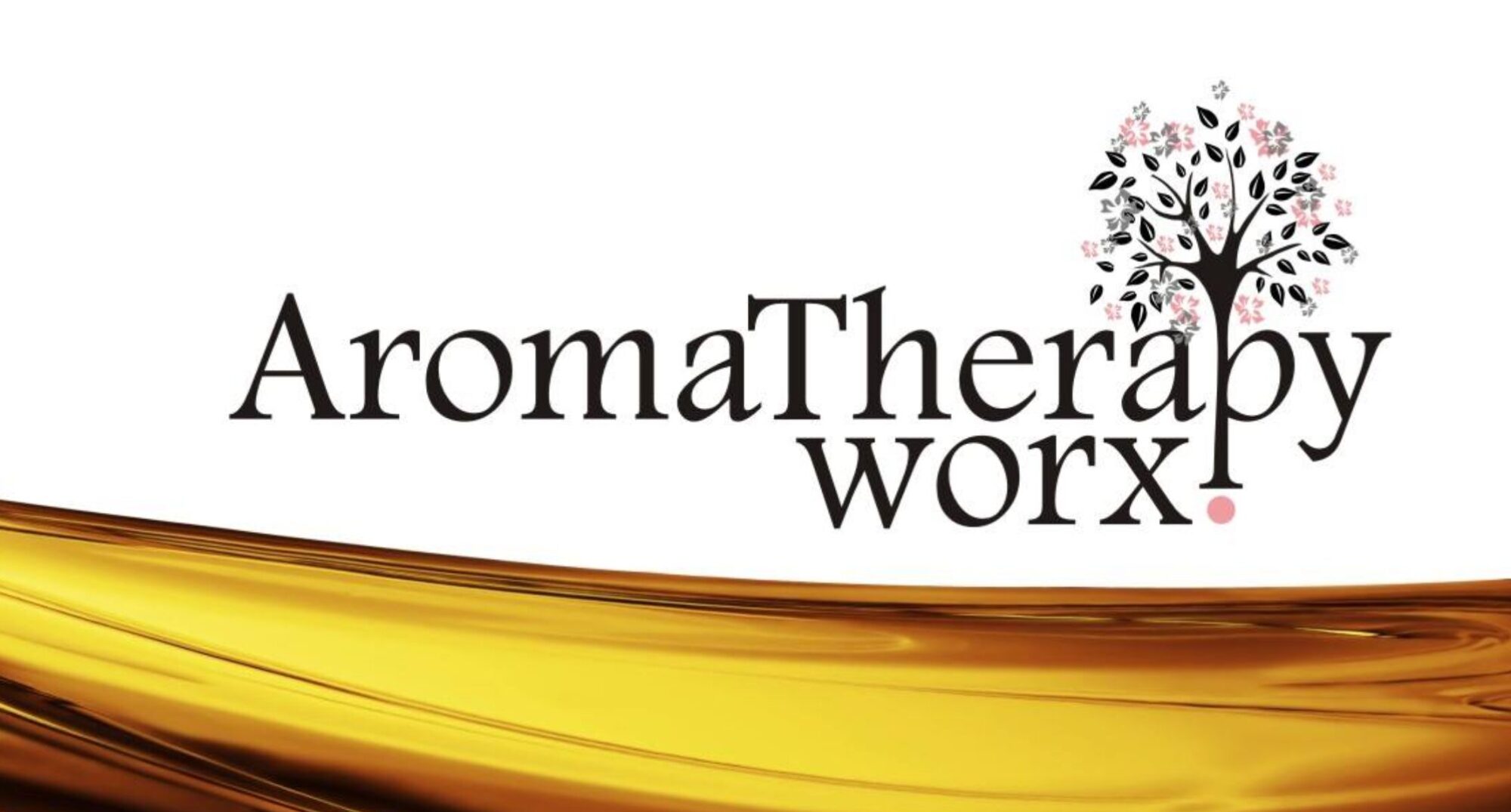Your body Your health Your choice
The word “Kinesiology” originates from the Greek word kinesis, meaning “motion”.
Specialised Kinesiology today resembles unification. It merges the original science, which dealt with the interrelationship of physiological processes and anatomy with respect to human movement. This knowledge is applied through manual muscle testing protocols. These protocols aid in identifying and balancing other structural, emotional, mental, and biochemical problems.
It uses proven techniques from multiple fields. These include Applied Kinesiology, Acupressure, Traditional Chinese Medicine, Naturopathy, and Homeopathy. Other fields are Psychology, Chiropractic, and Educational philosophies. Neuro linguistic programming and massage are also used, particularly principles from ‘energy medicine’ and quantum physics. Together, they form a modality that is flexible, completely non-invasive, and powerful. It effectively changes a client’s concept about their dis-ease or lack of wellbeing.
All our cells in our body are electrically connected to the neurology in our brain. This connection is made via the spinal cord and Central nervous system. So, the muscle testing protocol is really testing the brain response to stressors. It is not testing pure muscle strength.
How Kinesiology Works
Muscle monitoring is the key to Kinesiology. This is the act of monitoring changes within a muscle response through a lock-unlock reaction. Kinesiologists are trained to use this highly precise method. They find stress on a physical, mental, emotional, chemical, environmental and or situational level. Then, once the stress or stressors have been correctly identified and verified, we use the same technique. This helps us find the best options. These options are neurologically most appropriate and aim to help you in improving your quality of life.
Restoring well-being.
We humans are self-regulating systems, designed to heal ourselves. Sometimes, nevertheless, we can’t heal effectively on our own. In these circumstances, we need to seek assistance from a suitably qualified practitioner. Spesialised Kinesiology treats the whole person. It assesses and addresses all aspects contributing to health and wellbeing, or lack of that.
A Spesialised Kinesiologists aims to balance their client. They help clients regain their optimal state for healing by removing or reducing stressors and their effects. These stressors can be emotional, mental, bio-chemical, or physical in origin.
Kinesiology background
Dr. Goodheart D C is accredited as being the Father of Kinesiology. In 1964, he acknowledged that basic chiropractic adjustments often did not give full relief for physical disabilities. He discovered that the problem was related to muscle spasms that were not being released. A study of the original techniques of testing muscles. Kendall and Kendall (ref: Kendall, 1949) described these approaches. This study led to the primary diagnostic tool of muscle testing. They termed this Applied Kinesiology. Their discovery later included work from pioneers like Dr. Frank Chapman, Dr Terence Bennett, Dr John Thie, Gordon Stokes and Dr Paul Dennison. Today, Kinesiology has evolved into something far greater than just a health care system. It is a tool for Truth in the world.
Through Kinesiology you will feel….
• Healthier
• More balanced
• More energetic
• More self-directing
Kinesiology is known to help with a wide range of issues. Kinesiologists help with allergies, chronic pain, and compulsive behaviors or addictions. They handle dyslexia, ADD, ADHD, and eczema. Fear, phobias, and goal setting are also part of their focus. They help with headaches, migraines, and learning difficulties. Past traumas and recurrent infections are addressed too. Self-discovery, self-empowerment, sinusitis, sports injuries, and stress are included. It is important to understand that Kinesiologists do not diagnose or treat specific illnesses. They do not work according to the “medical model” of disease. They focus on balancing the body’s energy systems. This allows the body’s innate wisdom to heal itself. Kinesiology is complementary to orthodox medicine, and works with, not against it.




You must be logged in to post a comment.